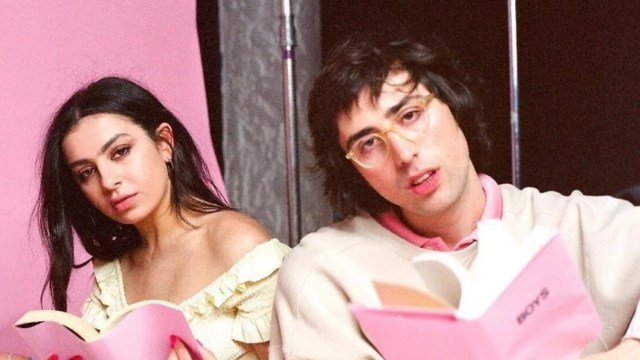A record label quietly founded in 2013 in London has since gone on to create its own exciting and eponymous genre of electronic music. PC Music, spearheaded by British producers like A. G. Cook, Danny L Harle, and Sophie, has electronic productions that mimic the sounds and textures of modern electronic and synth-pop music but exaggerate them in an avant-garde manner. The genre explores the tension between pop music – famously and historically seen as being vacuous and simple – and more respected and established genres of music like Classical and avant-garde music. This tension is what makes PC music often polarizing, but also fascinating: this style of music, while undoubtedly a product of modern technology, takes many cues from the traditions and history of classical music.
While virtually all Western music can be traced back to classical origins, there are fewer degrees of separation from classical composers and instrumentalists to PC Music’s artists than what is typical of pop recording artists. For example, Danny L Harle, described as the label’s most “chart-friendly” artist, is the son of a classical saxophonist and pursued a degree in Classical music at the University of London, eventually producing a thesis that incorporated the sounds of video games into baroque chamber music. There is, therefore, warrant in analyzing these modern pop works in the context of the classical music that influenced their creators.
One of the many threads of PC music can be traced back to the work of early modern composers who began to incorporate the sounds of the new urban environment into their work. Perhaps one of the most notable examples of these composers was Gustav Holst. Born in the English countryside in 1874, Holst left home for London in 1893, where he would go on to compose some of the most timeless classical pieces of all time, including “the Planets,” from 1914-1916.
The seven-opus astrologically inspired suite, still fresh and bombastic today, sounds like a clear sonic predecessor to the works of modern English PC producers. The first opus, “Mars, the Bringer of War” incorporates the harsh and dissonant sounds of a world at war that would have surrounded Holst and Western Europe at large in the midst of World War I. The metallic sounds of brass horns at full volume accompanied by dramatic percussion were a striking shift from the sounds of the Romantic period just a few years prior.
In a similar vein, PC music’s productions, while still undeniably pop by nature of their electronic elements, are noticeably more dissonant than the works of standard fare pop musicians and writers. Because typical Top 40 Pop music notably lacks complexity in order to appeal to wider audiences to become commercially viable, chord progressions and harmonic elements are frequently repeated across artists and their works. PC music shifts from this standard and instead leans into complexity in the form of dissonance and unconventional instrumentation. Sophie’s productions in particular echo the first avant-garde industrial music that emerged in the late 19th century. While Holst incorporated modern sounds into the confines of classical composition by altering timbre and rhythm, Sophie’s modern incorporation of a variety of non-instrumental sounds such as metal pans and bomb-like synths harkens to the works of John Cage, who composed pieces for various non-instrumental items, like plants and hammers.
Still a nascent form of music, one of the quintessential works of PC Music and Hyperpop would be Charli XCX’s Pop 2. Aptly titled, it’s not conventional Pop music, rather a genre-shifting body of work. The pop iconoclast took a turn away from the more straightforward Top 40 sound of her 2014 LP Sucker to instead fully embrace the emerging scene of PC music. Enlisting the aforementioned Harle and Sophie for the mixtape’s production and over a dozen featured artist contributions, the work was lauded by critics upon release and gave more mainstream attention to the burgeoning genre. A Popstar on the fringes of the Top 40 scene like Charli was the perfect creator to engineer a project like Pop 2; she had just enough visibility to draw new attention to the genre but enough distance from the constraints of pop superstardom to fully immerse and commit to PC music’s requirements.
The mixtape’s closing track in particular, “Track 10,” captures numerous elements of classical music, from its synthetic choral arrangements to its symphonic unraveling. It is simultaneously unbound to the typical conventions of Pop music, shrugging off standards of length – clocking in at 5 and a half minutes as opposed to the standard 3 and a half – and even title; Pop music’s titles are designed to make the songs marketable, yet Charli opts instead to leave her work (almost) untitled as a form of rebellion.




